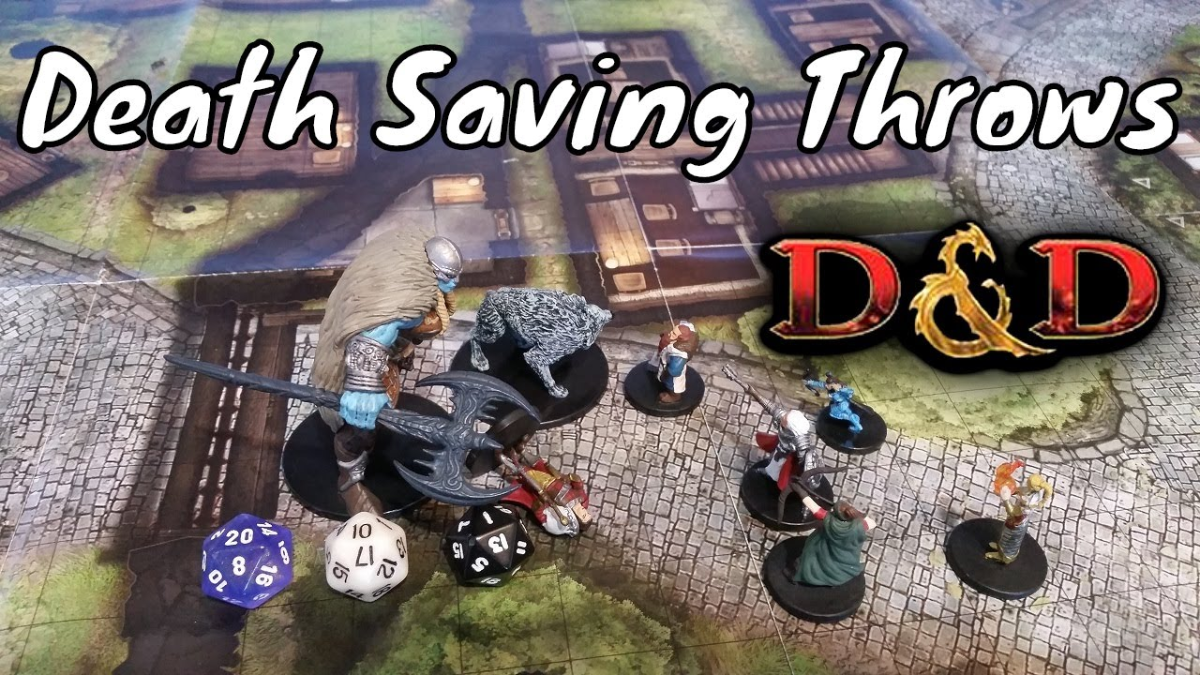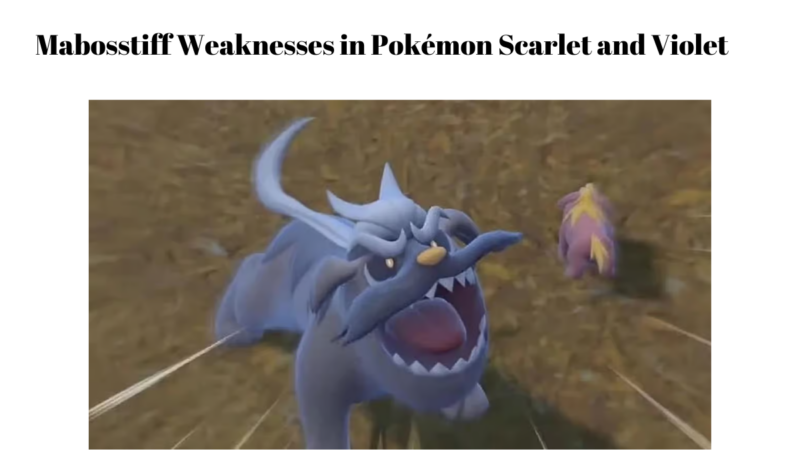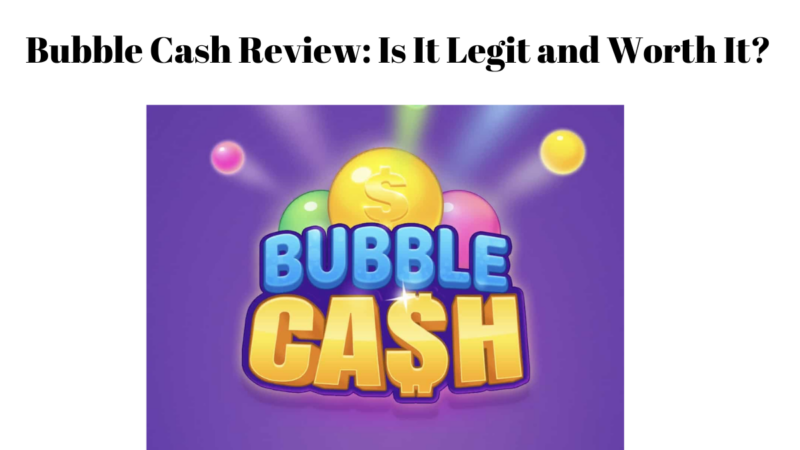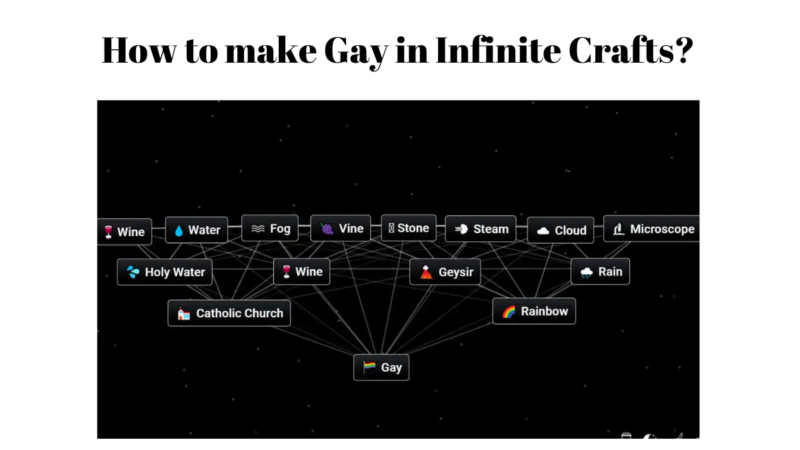Dungeons & Dragons: Analyzing Death Saving Throws 5e

Death Saving Throws 5e – The idea of death is unique to Dungeons & Dragons. The fail state is where if you take too many hits, your character dies. The directness of this premise increases the tension and excitement in lower-level combat, but the possibility of losing a beloved character takes away from the fun. The randomness of losing a cherished character through a throw of the dice can be discouraging.
The 5e death saving throw system allows to live or die tension in Dungeons & Dragons without penalizing players for minor mistakes. This mechanism avoids instant character death but gradually increases tension via successively tense dice rolls.
Understanding the Mechanisms of Death in Dungeons & Dragons
In Dungeons & Dragons, HP represents every entity with a specific quantity of hit points. These hit points measure a creature’s strength and show how much damage it can take. For example, a weak peasant boy may have a small number of hit points, whereas a tarrasque monster has hundreds of hit points.
Enemy attacks against a creature lower the count of her/his hit points, while attacks aimed at you cause the loss of your hit points. Your hit points are a measure of the damage you can resist, and as your hit points move towards zero, you are nearer to death.
In Dungeons & Dragons, upon reaching zero hit points, the result depends on the intensity of the attack that caused you to die. Find the difference by deducting the number of hit points in which you remain from the total damage suffered.
If the result is less than the maximum HP, you are unconscious and death saving throws 5e must be initiated.
It then takes massive damage and dies if the calculated number exceeds the maximum HP.
Understanding a Death Saving Throw 5e
When a character’s hit points are brought to zero without exceeding their maximum hit points in terms of damage, they become unconscious and prone. In this condition, the character lacks actions, drops all held items and becomes vulnerable to critical hits from strikes.
When a character begins his or her turn with no hit points, he or she must make a death saving throw of 5e.
Death saving throws 5e do not depend on the ability score. While spells and capabilities might provide an advantage for the character on these rolls, the success of the roll is still subject to chance.
Creating a Death Saving Throw 5e
Roll a d20. You succeed with a roll of 10 or more; anything less is a failure. Record the result, win or lose, to proceed to the next turn. The individual impact of a single success or failure is zero. The goal is to achieve three wins.
A successful death saving throw 5e is made three times, and stabilization occurs; hence, the death threat is not immediate. After remaining unconscious for 1d4 hours, the character regains consciousness with 1 hit point. Nevertheless, if any damage is caused while unconscious, the death-saving process throws 5e starts from the beginning.
On the other hand, three failed death saving throws 5e result in the character’s death.
Do Monsters Need To Make Death-Saving Throws?
With few exceptions, monsters never create death saving throws 5e, they die once their HP drop to zero.
On the other hand, the Dungeon Master may decide to use player-like rules for a powerful villain or a key NPC in the plot, allowing them to create death-saving throws 5e, just like the players.
What do you understand by Massive Damage?
When an attack reduces HP to zero and the damage done is equal to or greater than the HP maximum, the creature dies immediately.
For example, if a peasant has 4 HP, if a fighter hits with a sword dealing more than four damage, the peasant gets knocked out. The peasant suffers 5 to 7 HP of damage. He or she survives but begins death saving throws 5e. Nevertheless, if the fighter scores 8 or more damage units, the peasant dies right away without making death saves.
Helping a Dying Character
However, if the character is still standing, you can do several things to help a friend in death saving throws 5e.
The easiest way is to use a magical healing spell -a spell that cures wounds and instantly restores a character to his feet.
If a medicine check is performed and you roll equal to or greater than 10, your friend stabilizes, eliminating the need for death saving throws 5e.
The healer kit also enables one to stabilize without making a roll. Spells such as Spare the Dying can also act as stabilizing effects on a character.
Conclusion
The Death Saving Throws 5e in Dungeons & Dragons implies one of the most important factors of danger and tension, dictating the fate of the characters quickly on the verge of death.
FAQs
How does the death-saving throw work in 5e?
In 5e, your character fails by three Death Saving Throws, and they die. On the other hand, three successful Death Saving Throws lead to the character’s stabilization, meaning that he or she is unconscious but no longer in immediate danger of dying. A Death Saving Throw 20 restores 1 hp and returns the character to consciousness.
What is considered a failure in a death-saving throw?
Incurring any kind of damage while at 0 HP leads to a failed death save. In addition, if the deficiency is due to a critical hit, it is considered as two failures.
What is the role of the unconscious in D&D?
When a creature passes out, it drops whatever it holds and goes prone. Moreover, the creature does not pass Strength and Dexterity saving throws and attacks against which focus on it.
What is the meaning of the mass destruction rule in D&D?
Massive Damage rule is an optional rule in D&D implemented if you sustain a single attack resulting in the damage of either half your total hit points (effectively 50 points). In such a case, and the absence of an instant kill, you must roll a DC 15 Fortitude save. A failure of this saving throw does not matter the number of hit points you are currently holding, death is the result.






